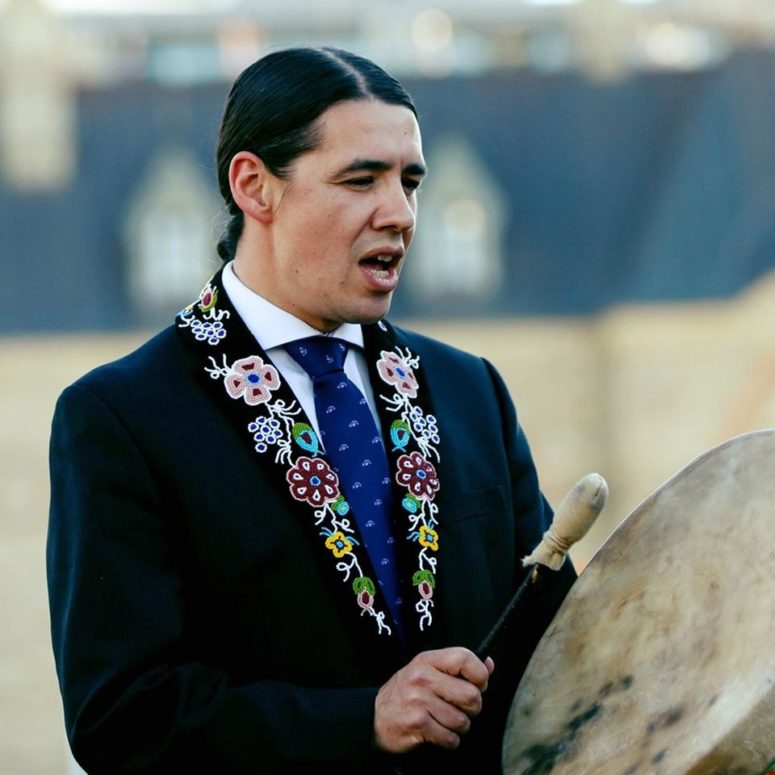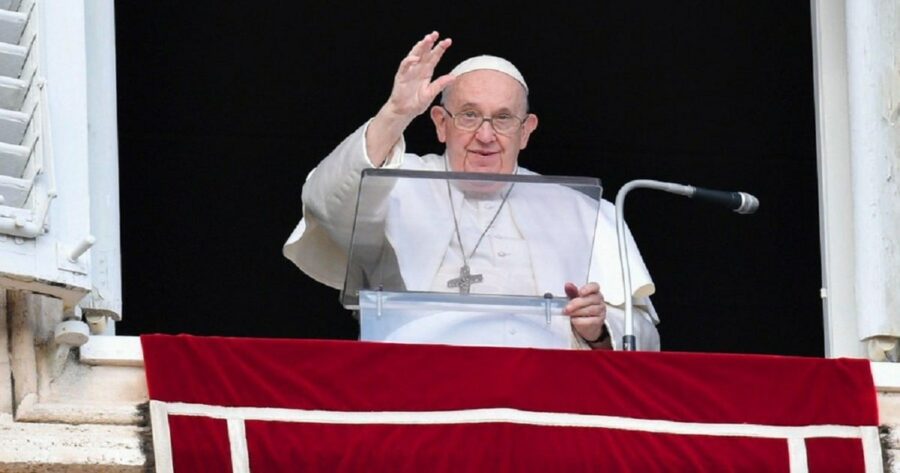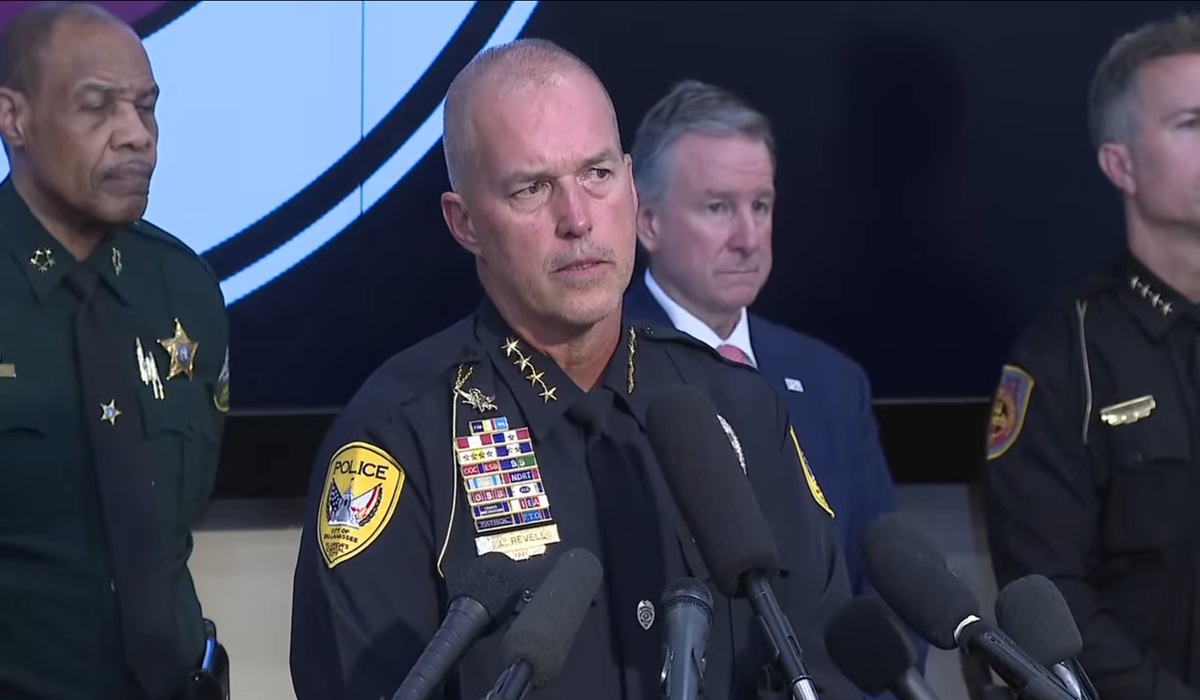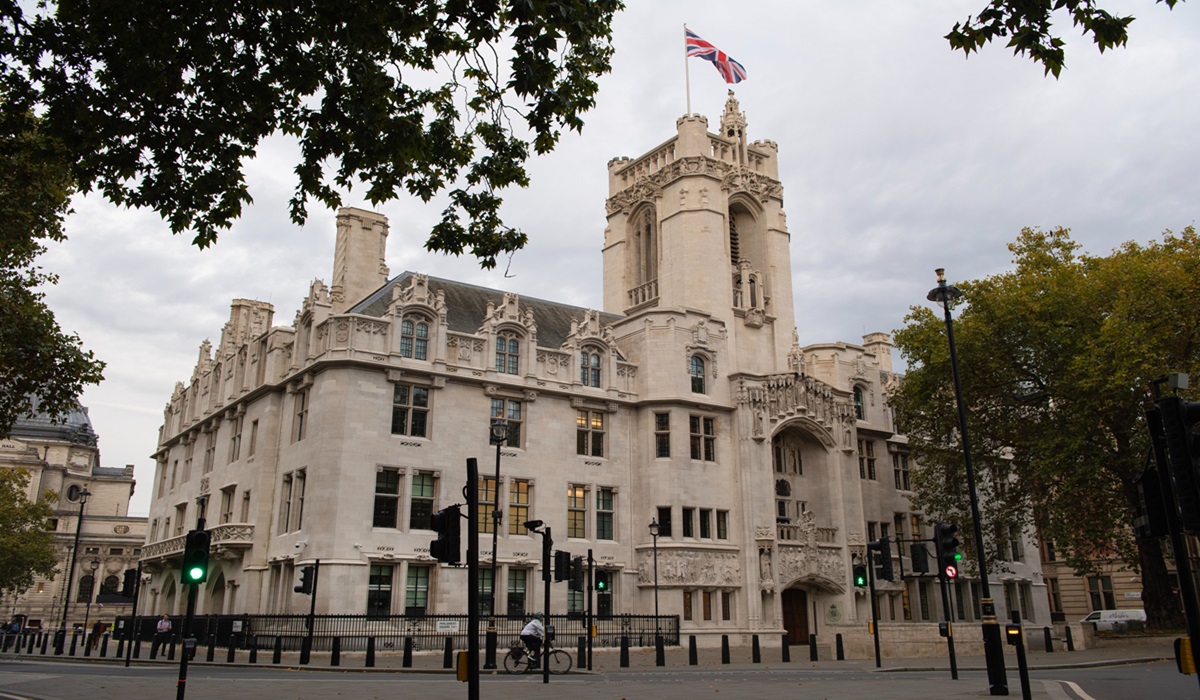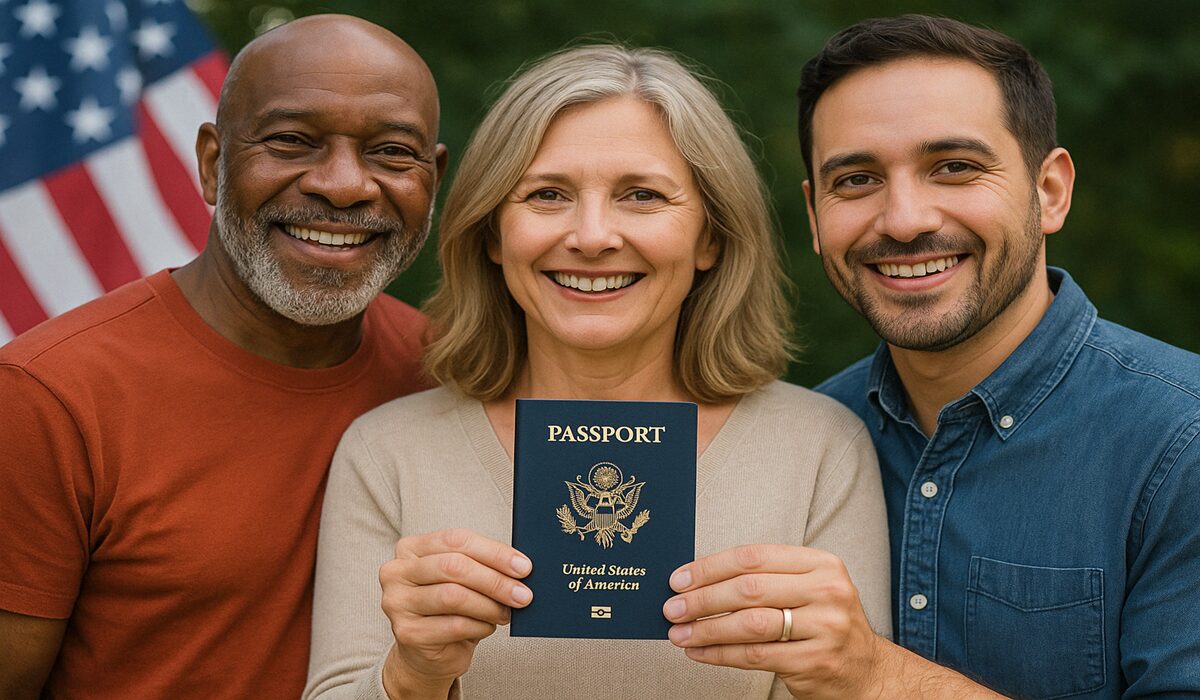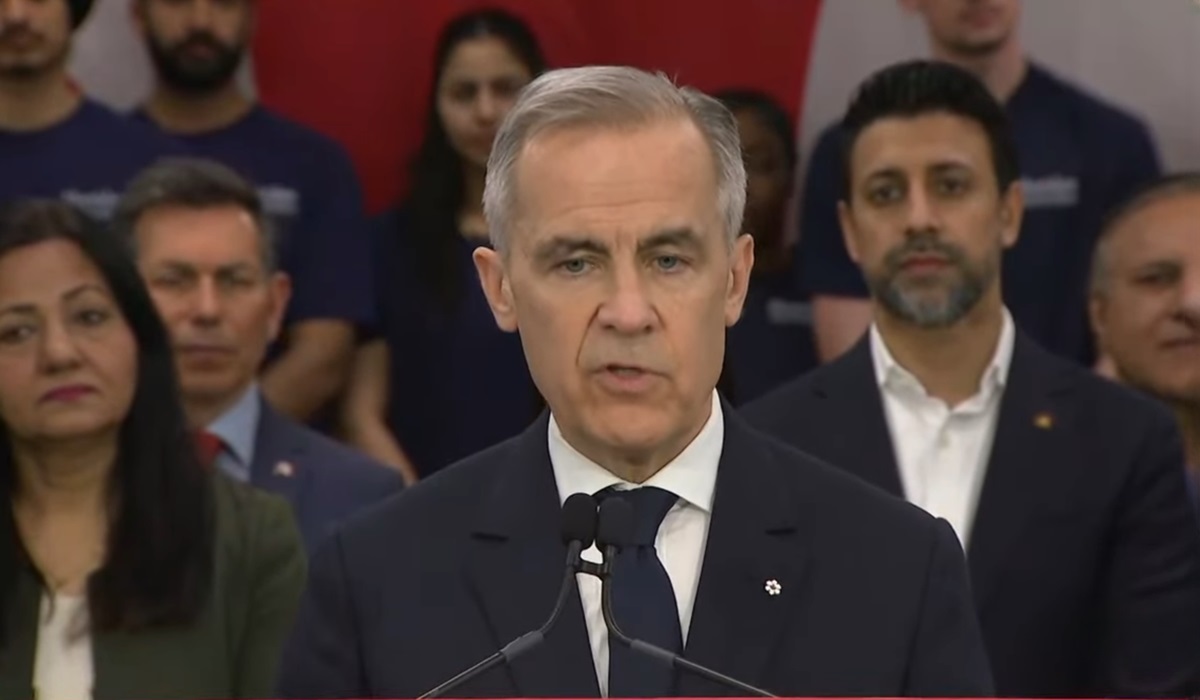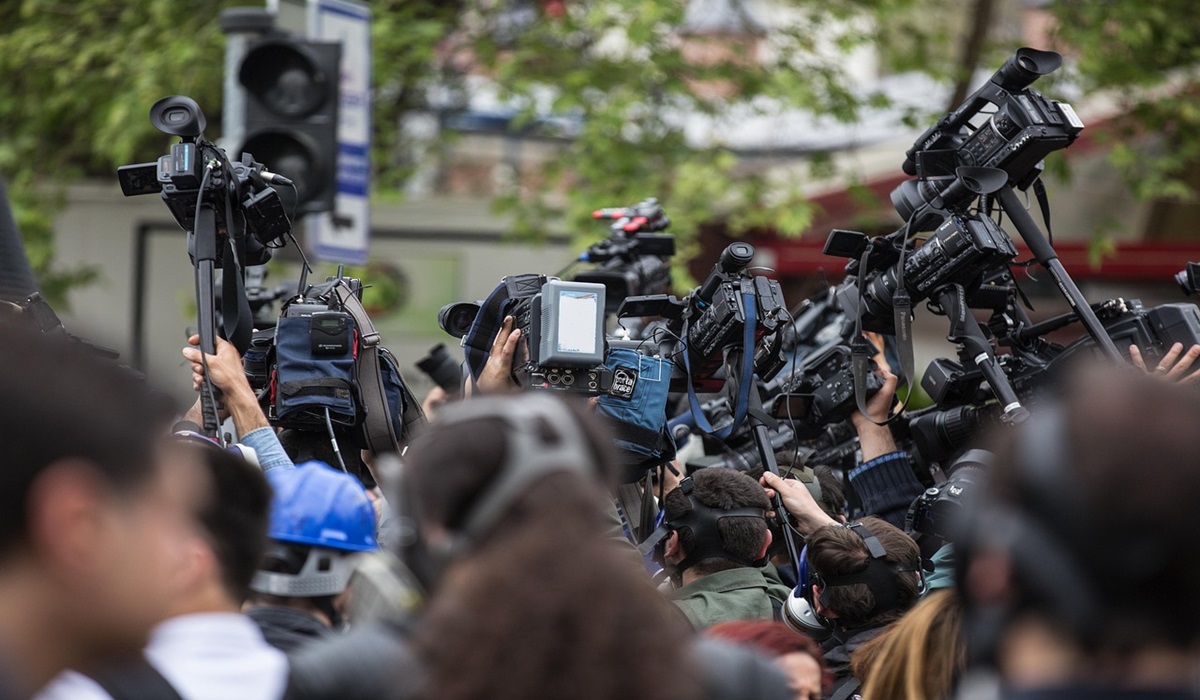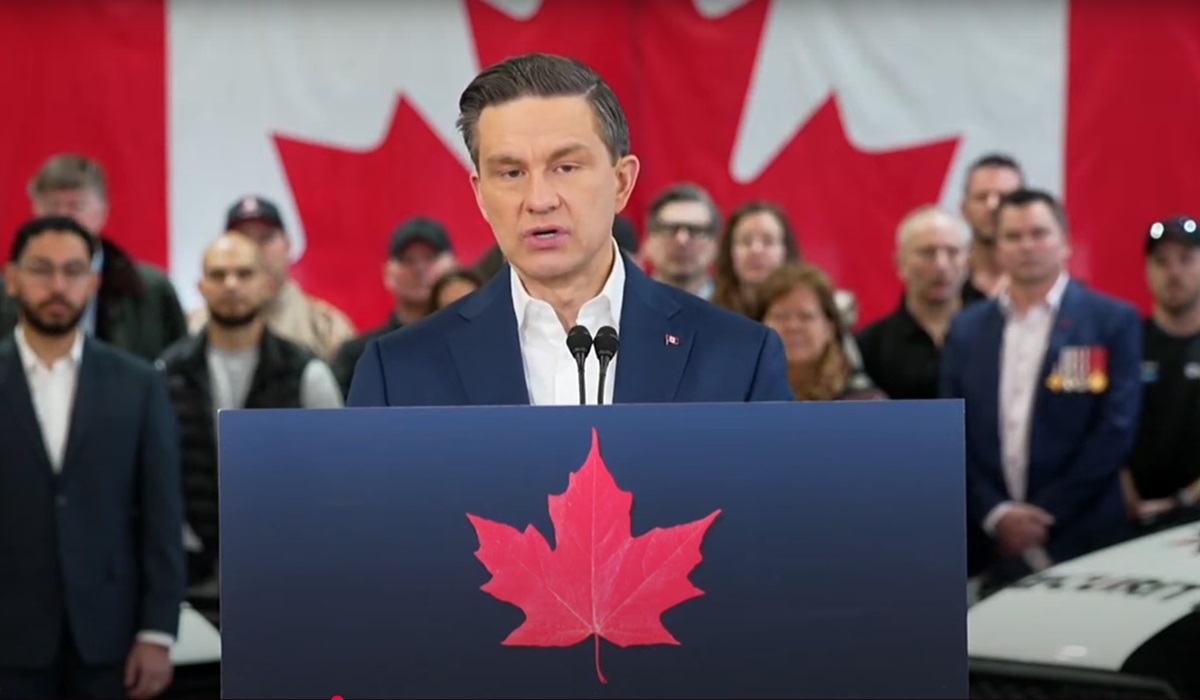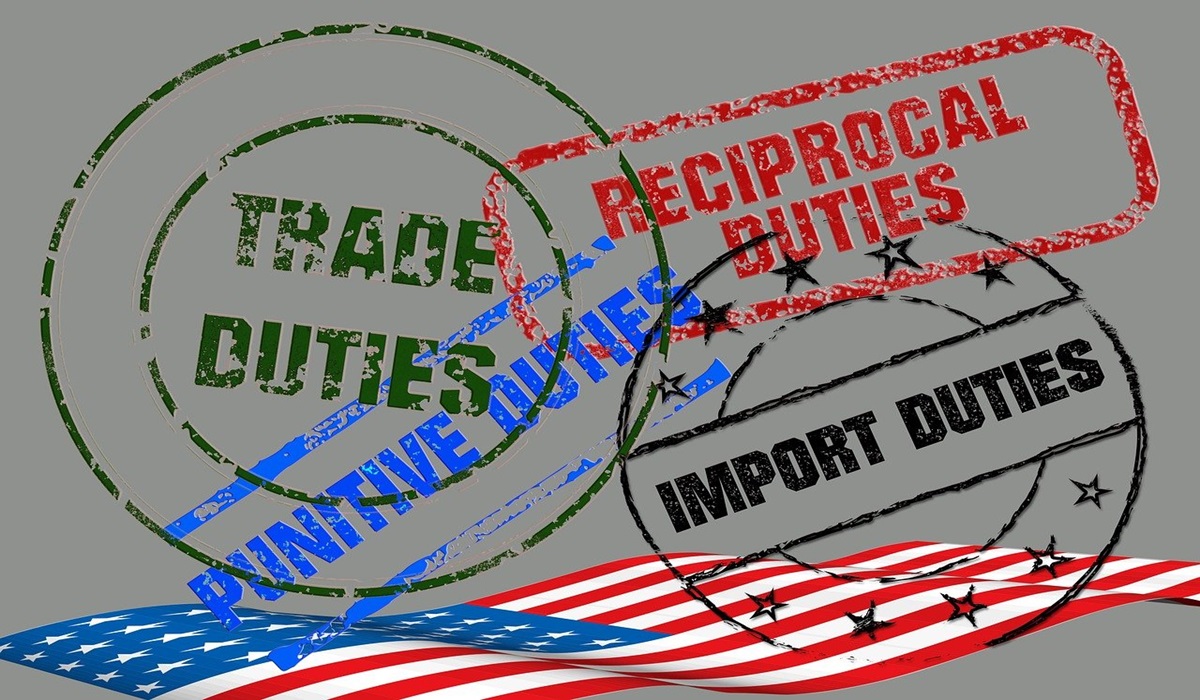60th Anniversary Of Status Indians Being Allowed To Vote In Canada
- TDS News
- Breaking News
- Indigenous
- Op-Ed
- South Asia
- March 31, 2020
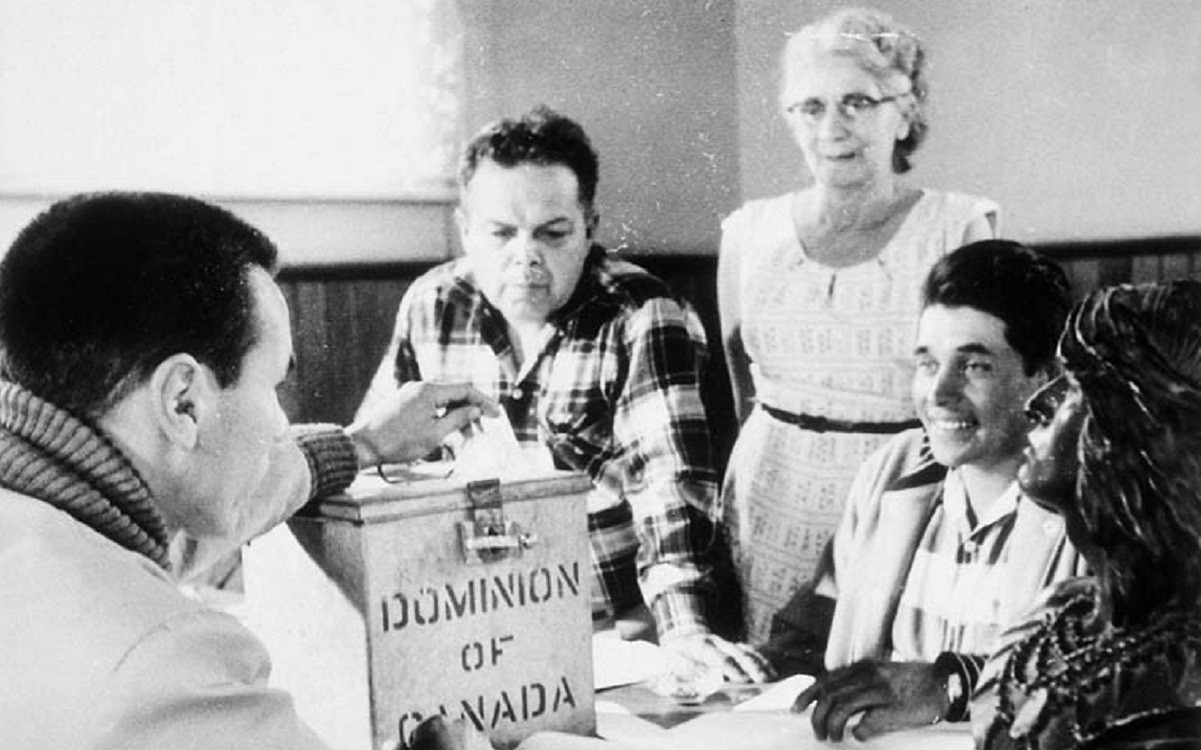
The first votes cast since rights were extended to Status Indians were those of the Rice Lake Band near Peterborough On. From left to right in the photo, Lawrence Salleby, Chief Ralph Loucks, Deputy Returning Officer; Lucy Muskrat, Poll Clerk; Eldon Muskrat, Poll Constable. Photo Credit Nick Nickels.
March 31st is the 60th anniversary of the right for Status Indians in Canada to vote in federal elections. The right to vote has not been even for different groups of Canadians. Métis people have always had the right to vote like other Canadians; the Inuit gained the right to vote in 1950; women have had the right to vote since 1918; it was Status Indians most impacted by the legislated racism of the Indian Act who were the last to gain this right in Canada. The force of Indigenous voters is only starting to be felt in Canada with Indigenous peoples voting in greater numbers. In the 2015 election the Assembly of First Nations released a report highlighting 60+ ridings where First Nations and Indigenous peoples could impact the outcome if they voted. The history of the right to vote for First Nations is long and varied.
In 1948 a joint parliamentary committee between the Senate and the House of Commons made a recommendation that Indians and Inuit peoples be given full citizenship and the right to vote. The Prime Minister at the time, Louis St-Laurent though was nervous about the impact that giving the vote to Status Indians might cause on electoral outcomes. There were many tight races across the country between Conservatives and Liberals and a large influx of voters might tip the balance in the “wrong” direction. So while the Indian Affairs department continued to study the matter, very little was accomplished until 1957.
It took a change in leadership of the Conservative party to force the issue. In 1956, John Diefenbaker was elected leader of the opposition and Conservative party. Initially, he had little policy that concerned Indigenous peoples. The general view was that Indigenous peoples should be assimilated and integrated into Canadian society. After his election as Prime Minister in 1957 his ideas evolved. Diefenbaker had travelled to London to attend the Commonwealth Conference where he met with Eric Louw, the South African Foreign Minister. The government of South Africa had a significant constitutional crisis about removing the voting right for coloured peoples and the putting in place of tougher apartheid laws, segregating South African society. Diefenbaker raised the voting concern with South Africa but was told he should mind his own business, because even in Canada, Natives could not vote, and Canada was in no place to lecture South Africa. Diefenbaker became determined to change that policy by including the question of the legal status of Status Indians in the next federal election.
In the 1958 Throne Speech after the federal election two policies were front and centre; The Canadian Bill of Right and voting rights of Status Indians. Diefenbaker was pursuing his “One Canada” policy, seeking equality of all Canadians. The right to vote though did not see significant debate among the Canadians public and there were also limited study in parliamentary committees. While a group of Mohawks did come to Ottawa to highlight that they did not consider themselves part of Canada or to be Canadians; and that they formed a separate nation with their own laws and treaty, these voices were largely ignored at the parliamentary debates. In the larger debate of the Canadian Bill of Rights and the desire to remove discrimination in Canadian society the Indian Act changes proceeded quickly. The Minister of Indian Affairs, Ellen Fairclough in responding to criticism said that the changes made to the Indian Act and Citizenship Act would not infringe upon existing Indigenous title. After 2 years of debate, the law was finally given royal proclamation on March 31st 1960.
Diefenbaker believed it would take many decades before an Indigenous MP would be elected to the House of Commons and see the participation of Status Indians in the electoral process. Incredibly the first Member of Parliament elected was Leonard Marchand in 1968. Since then the number of First Nations in the House of Commons has totaled 16. The largest cohort of First Nation MPs was in the 2015 election with 5 elected, but this was reduced to 3 in 2019. 2015 also saw the formation of the very first Parliamentary Indigenous caucus with MP Don Rusnak as chair.
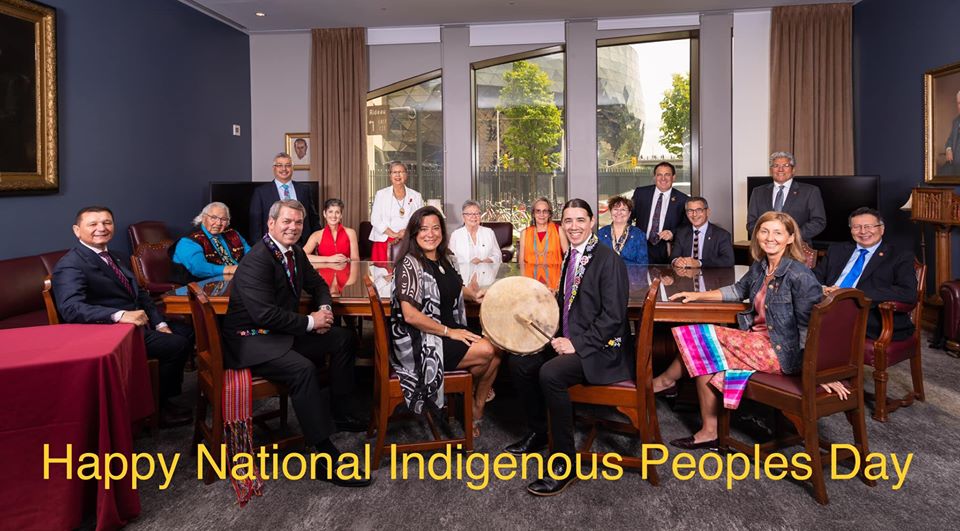
When Elder Winston Wuttunee came of age, he was not permitted to vote. “Voting does not mean we forget who we are as peoples, but that we now have a chance to influence the policy that the federal government put in place. We can be strong Indigenous peoples and strong Canadians” he said. The Indigenous voter turnout since 1960 has been increasing almost on a continuous basis. In 2011 on-reserve voting turnout was 47.4%; in 2015 it was 61.5%. Interestingly the National Chief of the Assembly of First Nations voted for the first time in 2019. While there are Indigenous peoples that do not see themselves as Canadians many consider that you can be both Canadian and Indigenous.
While more Indigenous peoples participate in the electoral process we have also seen significant change in the platforms of political parties. The general perception is that all major political parties now have Indigenous elements in their platforms. Often these platforms are questioned by citizens and the benefit they will have for Indigenous people. Indigenous peoples are starting to be seen as an important vote which can be developed inside larger voting coalitions. The 2015 election also witnessed the single largest increase in spending and policy changes made by the federal government for Indigenous peoples. While some people were disappointed by the Prime Minister, spending was increased by $21.4 Billion. This spending went towards, health care, education, water and infrastructure, land title negotiations and agreements, creation of reserves, fire services, emergency services, environmental protection, employment, training and many other areas long neglected. If Indigenous peoples continue to participate it could be assumed that increasing resources from the state will be allocated to their collective priorities.
Dr Robert-Falcon Ouellette
Researcher Pearson Centre
Former Federal MP and Chair of the Indigenous Caucus.
